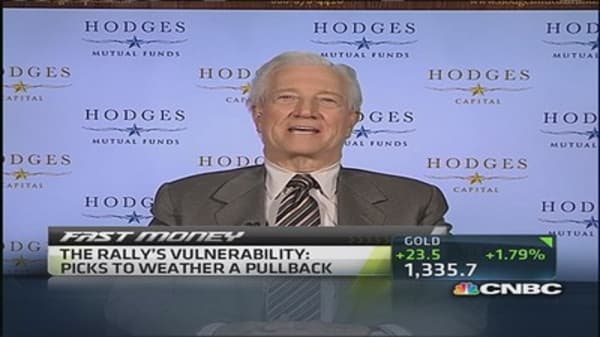Air cushioning: That's the high-concept technology behind the high-speed transit concept that billionaire Elon Musk calls the Hyperloop.
Musk—who already plays leading roles in the SpaceX rocket venture, the Tesla electric car company and the SolarCity solar-energy company—unveiled what he has called the "alpha" version of the Hyperloop plan in a blog post on Monday. It runs to 57 pages as a PDF file.
The plan is aimed at cutting the travel time between San Francisco and Los Angeles to 30 minutes at a price that's less than an airline ticket. Musk said the Hyperloop arrangement could be implemented between any pair of cities situated up to, say, 900 miles (1,500 kilometers) apart. For longer distances, air travel probably would be more efficient, he said.
Musk said he came up with the plan out of frustration with the shortcomings of California's $68 billion high-speed rail project, which is just getting started.






